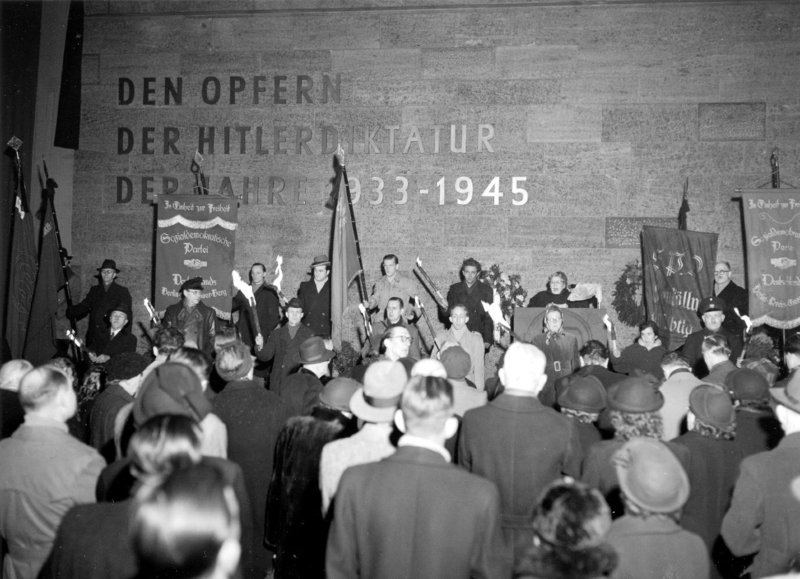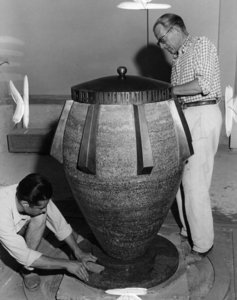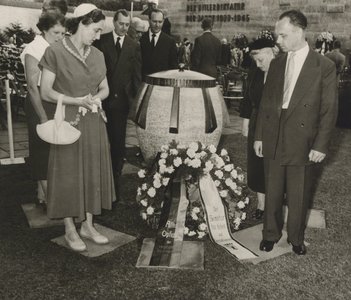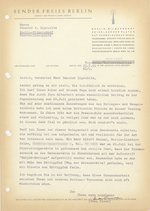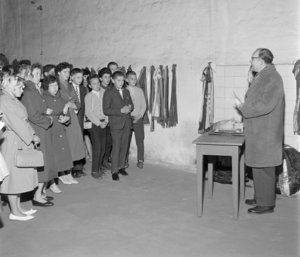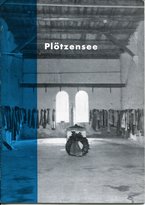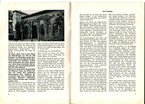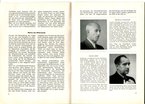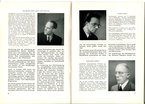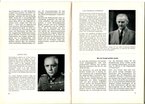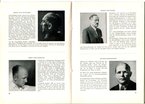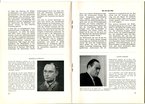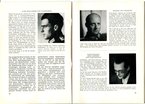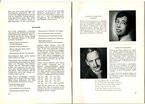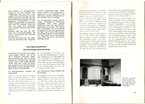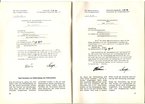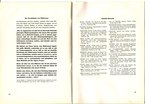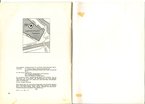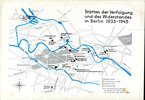After the opening
After the official opening, rallies and memorial events were held in Plötzensee on selected occasions, commemorating various groups of victims of National Socialist persecution. By the end of the 1950s, however, the historical site was usually connected in the public consciousness only with the German members of the resistance murdered here. This was partly because the Memorial Day for Victims of National Socialism had no longer been commemorated by the West Berlin senate since 1955. Instead, the annual ceremony in remembrance of the failed coup attempt of July 20, 1944 took on increasing significance as the official focus of commemorations was narrowed down.
Nonetheless, Plötzensee remained an international site of remembrance for all victims of the Nazi dictatorship. This aspect was emphasized by a stone urn containing earth from various former concentration camps, which was installed in the memorial center courtyard in 1956. It linked the commemoration of the men and women murdered in Plötzensee with the remembrance of the National Socialist genocide.
The tenth anniversary of July 20, 1944
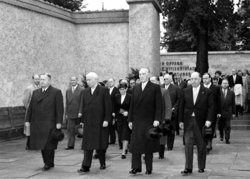
Several commemorative ceremonies were held in Berlin on the tenth anniversary of the attempted coup of July 20, 1944, involving high-ranking representatives of the West German state. They took place at the Freie Universität, in the courtyard of the Bendler Block, and at Plötzensee Memorial Center. Federal President Theodor Heuss and Federal Chancellor Konrad Adenauer attended, having come to Berlin from Bonn for the occasion.
Expansion of commemorations
In May 1956, the West Berlin senate decided to install a stone urn containing earth from other sites of Nazi crimes in Plötzensee. It was designed by the sculptor Karl Wencke (1911-1971). The bronze lid was made by Hans Joachim Ihle (1919-1997) and bore the inscription: “Dedicated to the victims of the concentration camps in honoring memory.” A bronze plaque set into the ground in front of the urn informed visitors that it contained “earth from German concentration camps.”
The photo on the left shows final work being performed on the stone urn. The photo on the right depicts the commemorative ceremony in Plötzensee on July 19, 1956, at which the shell limestone urn was presented to the public. The ribbons on the wreath laid by the senator for labor and social affairs read: “To all victims of the racial persecution.”
Therefore July 20, therefore this execution site here in Plötzensee is not the reserve of one political group alone - it is the symbol of the uprising of all freedom-loving forces of our nation, suffocated in blood.
Joachim Lipschitz, speech at the event marking the anniversary of July 20, 1944 at Plötzensee Memorial Center, July 19, 1956.
The increasing public interest in Plötzensee created new challenges for West Berlin’s administration. For instance, Interior Senator Joachim Lipschitz, who championed numerous causes for victims of Nazi persecution, received complaints about the state of the historical site.
The interior senator took on responsibility for the former execution site in 1958. The Borough of Charlottenburg also continued to support it, erecting signs to Plötzensee Memorial Center on Beusselstraße, Seestraße, and Goerdeler Damm in 1959.
Gustav Adolf Tepper January 2, 1902 – May 17, 1969
The bookseller Gustav Adolf Tepper was a private in the German navy during the Second World War. He returned to Berlin from a U.S. prisoner-of-war camp in 1945 and opened his own store. Tepper joined the CDU in the early 1950s, and represented the party on the Charlottenburg borough council from 1958 to 1966. Tepper started numerous initiatives for the further use and design of Plötzensee Memorial Center. He also led guided tours informing visitors about the history of the former execution site. At Tepper’s suggestion, the West Berlin State Agency for Civic Education published a brochure on behalf of the memorial center in 1960.
The Plötzensee brochure
At the end of the 1950s, visitor numbers to Plötzensee rose sharply and the opening hours of the memorial center were extended. Visitors could also find information in a free brochure available on site. It was published by the Berlin State Agency for Civic Education which was able to recruit the renowned historian Friedrich Zipfel to the project. Initially, the publication introduced selected members of the German resistance movement. In later editions, it also included non-German Nazi victims murdered in Plötzensee.

